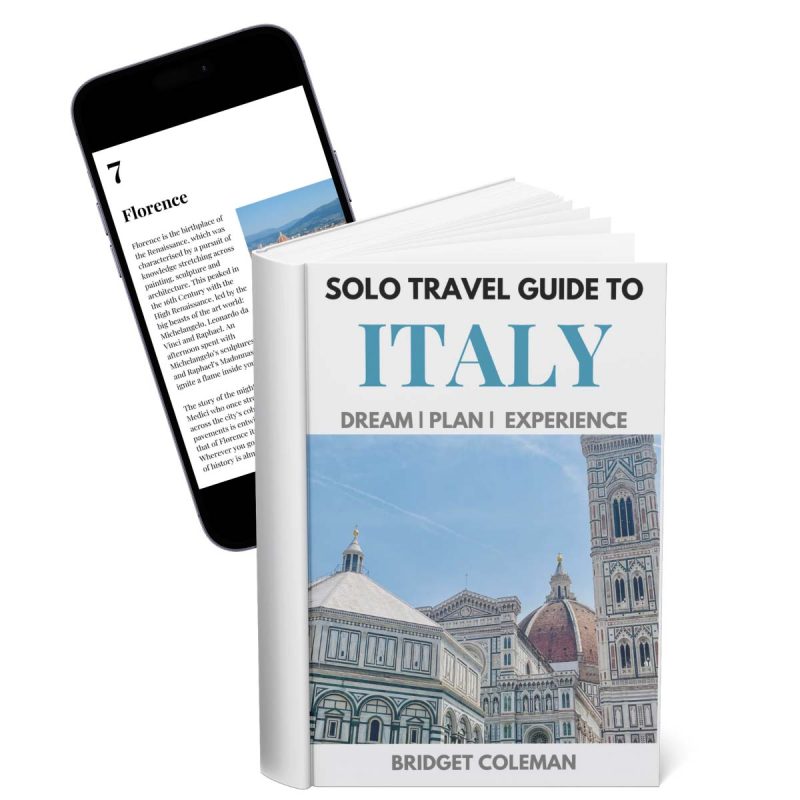If I was forced at gunpoint to name my favourite countries, Italy would easily make the shortlist. It’s one of the best solo travel destinations in the world and is a country that I have visited more times than I can count
And I’m not alone. In 2022, Italy attracted 50 million visitors, making it the fifth most visited tourist destination in the world (ref).
So what is it that draws visitors to il Bel Paese time and time again? Putting it another way, what is Italy famous for?
From its rich history to its world-renowned wines and cuisine, here are the things that Italy is known for.
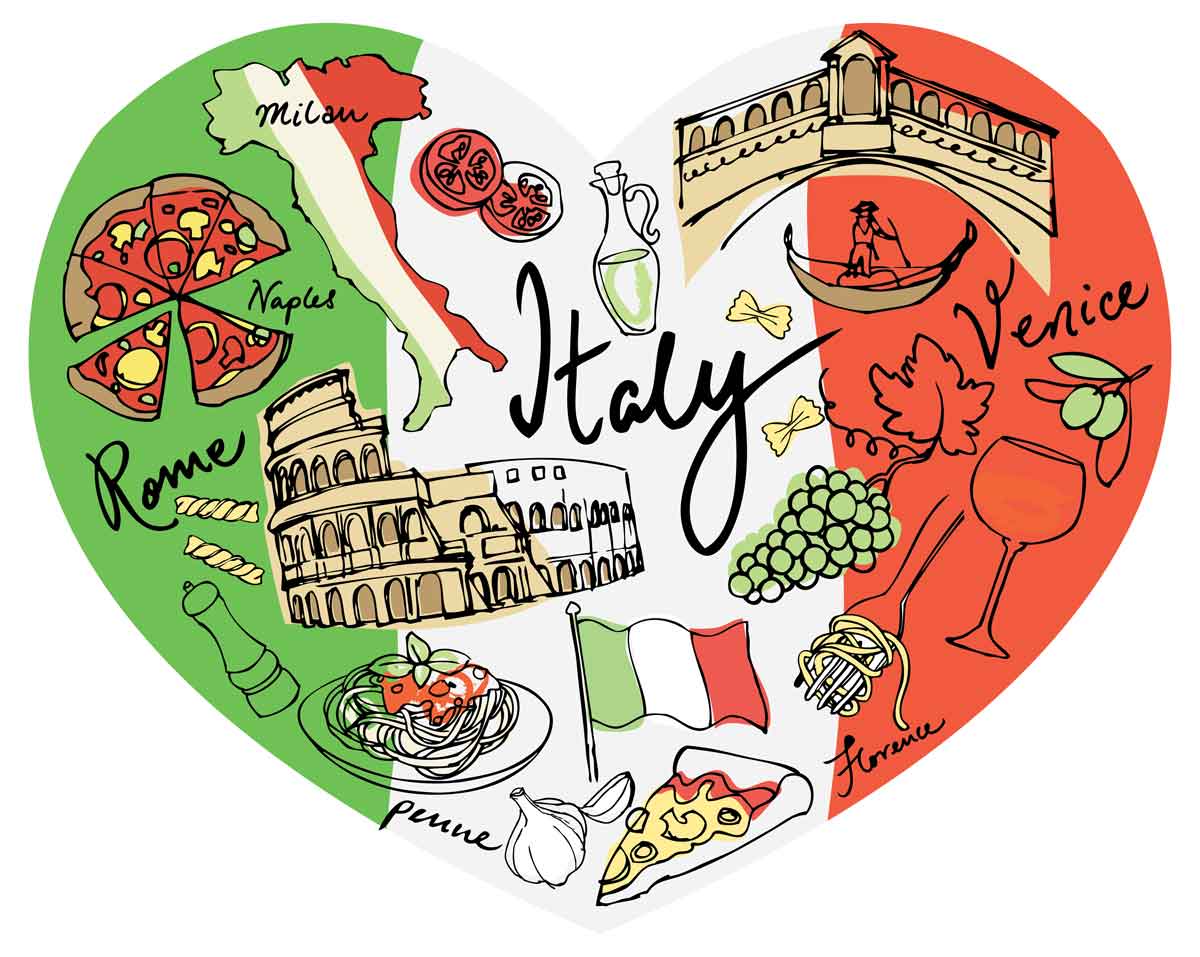
I’VE WRITTEN THIS ITALY SOLO TRAVEL GUIDE!
A 100+ page ebook to inspire and equip solo travellers with the confidence and knowledge to explore Italy independently
- Plan Your Trip – with curated itineraries, budgeting and how to get around
- Explore Awesome Destinations – guides to the must-see cities of Rome, Florence, Venice and Naples
- Stay Safe as a Solo Traveller – practical safety advice, empowering you to confidently navigate Italy and avoid common pitfalls
- Enjoy Eating Out in Italy – essential tried-and-tested solo dining tips
History & Landscape
1. History
Italy is a relatively young upstart of a country.
Before its unification as a nation by Garibaldi in 1861, this boot-shaped peninsula and its islands were divided into seven states. To this day, many Italians retain an almost tribal attachment to their native region or province. Frictions between north and south are not uncommon, and there are several local dialects.
However, in a historical sense, Italy is most famous as the home of the Roman Empire. From the Colosseum to the Pantheon, Rome’s historic centre is a living museum, resounding with echoes of this pivotal time in the development of Western Civilization.
Ostia Antica is an easy day trip from Rome and is one of my favourite archaeological sites.
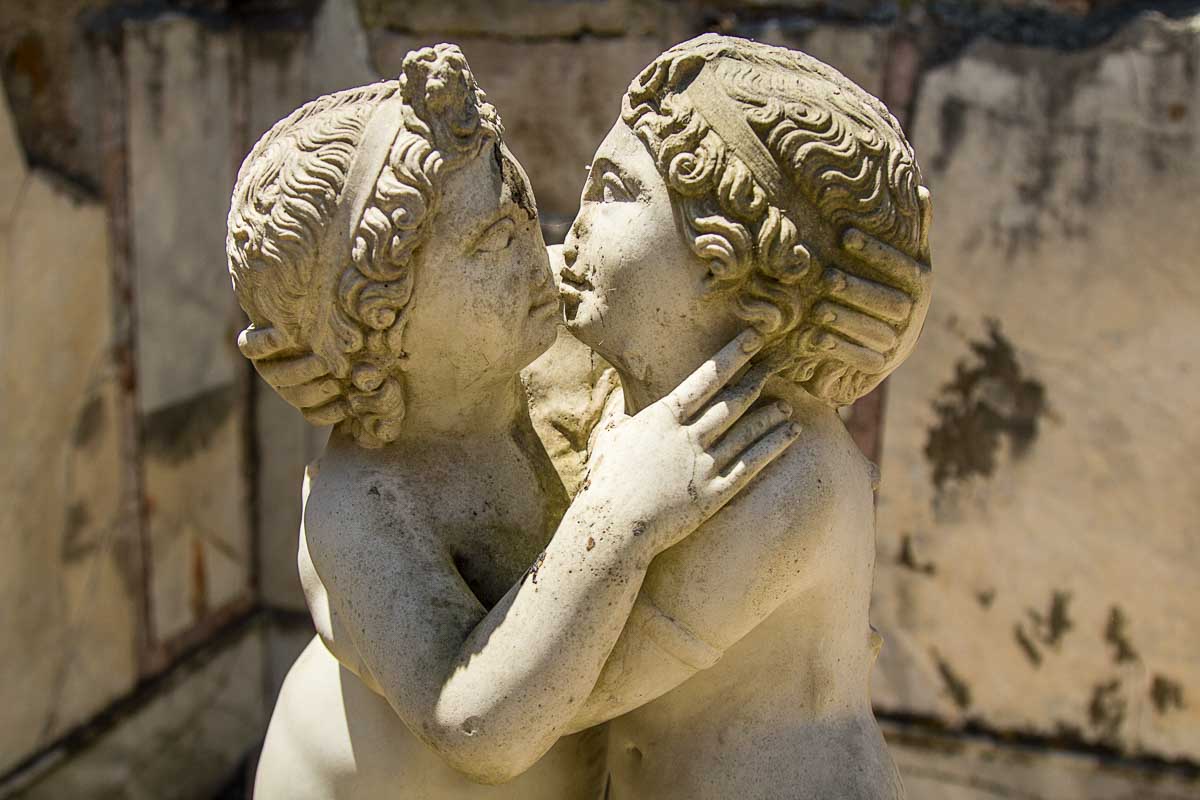
2. Medieval Cities
Italy’s historical legacy is reflected in its UNESCO-listed cultural sites. These are the most of any country and its most famous medieval cities have a coveted inclusion in this list.
The country is home to many of Europe’s most beautiful cities and iconic landmarks. From the historic centre of Rome to the Leaning Tower of Pisa, many of these places are famous the world over.
The UNESCO list also includes less well-known Italian cities, including Urbino in the Marche region and the Palladian villas of Vicenza.
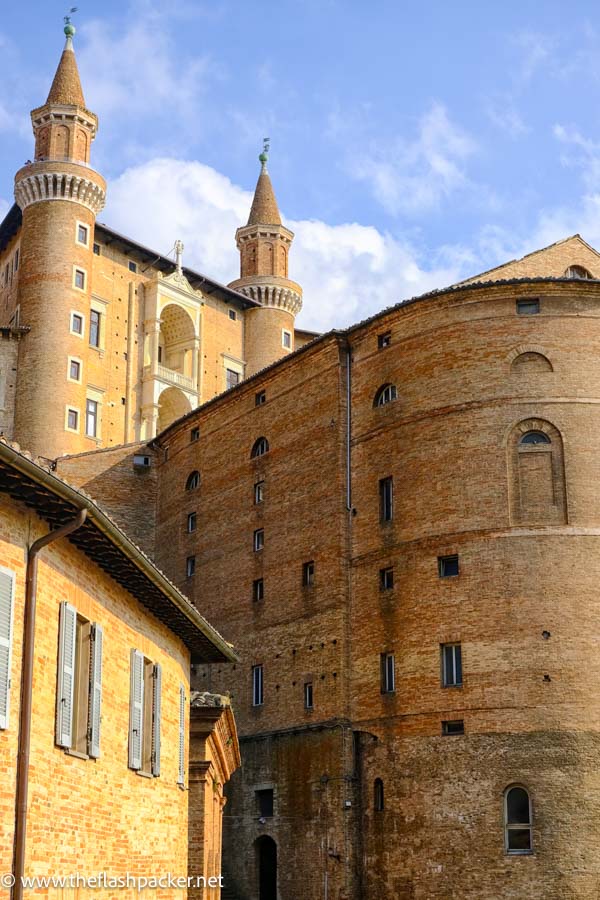
But it’s also worth seeking out Italy’s less well-known medieval cities such as Tuscania in Lazio, whose roots are embedded in Etruscan times.
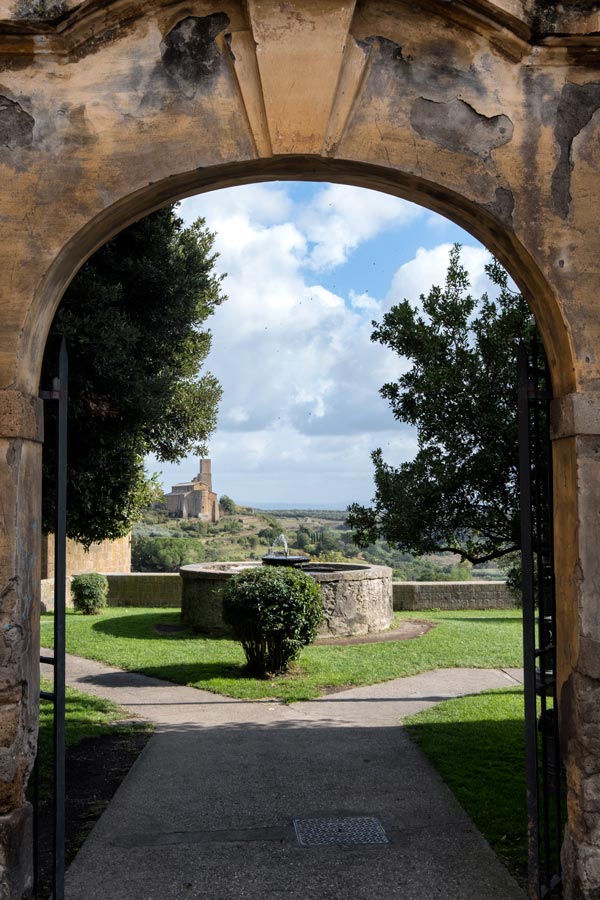
3. Venice
But perhaps the most famous Italian city of them all is Venice.
If you are a solo traveller, don’t let Venice’s well-deserved reputation as a romantic city put you off. La Serenissima is also one of the best solo travel destinations in Italy.
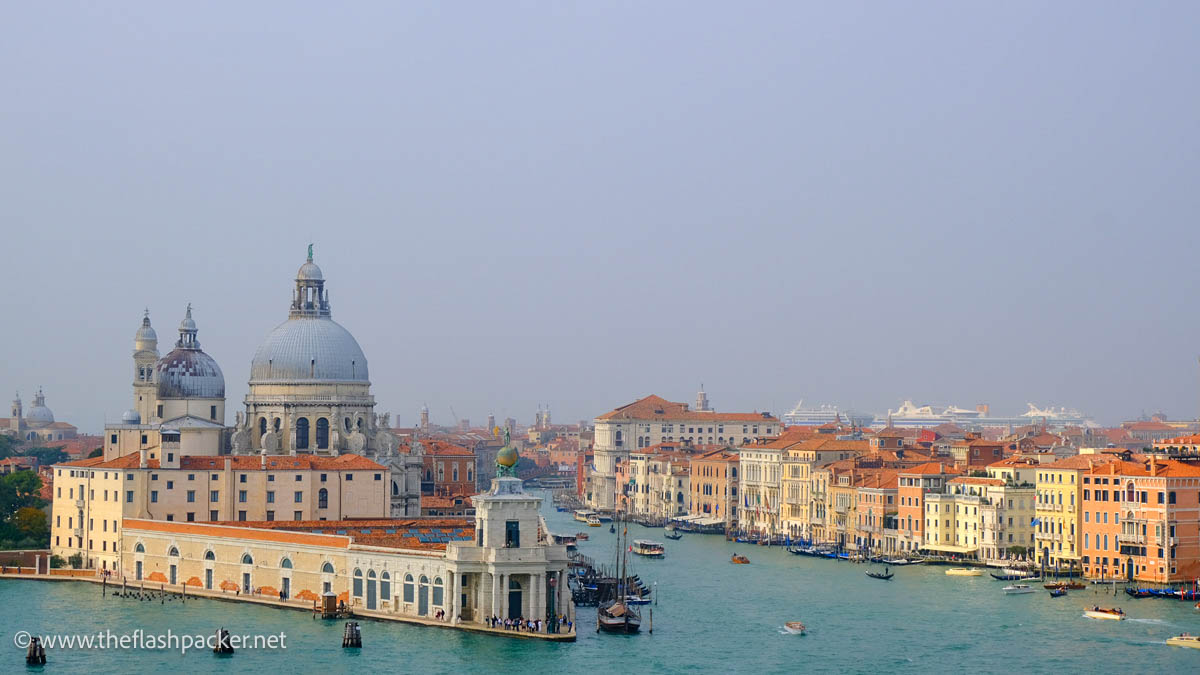
The trio of main attractions in this floating city – the Rialto Bridge, Grand Canal and St. Mark’s Square – form the city’s tourist epicentre. But much of the joy of visiting Venice is wandering without purpose in its backstreets and finding corners of the city away from the sometimes overwhelming tourist droves.
Wear your most comfortable shoes and be prepared to get lost in a good way
4. Hilltop Towns
Italy’s sensational cities notwithstanding, many of the country’s most charming destinations are on a smaller scale.
Perched precariously on the crest of hills and fortified by thick defensive walls, Italy’s hilltop settlements were built to defend their early inhabitants. Today, these magical towns and villages are amongst the most famous in Italy.
From Montepulciano to Monticchielo, many of these destinations are amongst the rolling hills and vineyards of Tuscany and Umbria. However, my favourite Italian hilltop town is in the Lazio region.
Teetering on a plateau and soaring high above a massive canyon, the Etruscan town of Civita di Bagnoregio is home to just 12 hardy souls who are outnumbered by a colony of free-roaming cats. Accessed by a long footbridge, its topography has allowed it to escape the modern age.
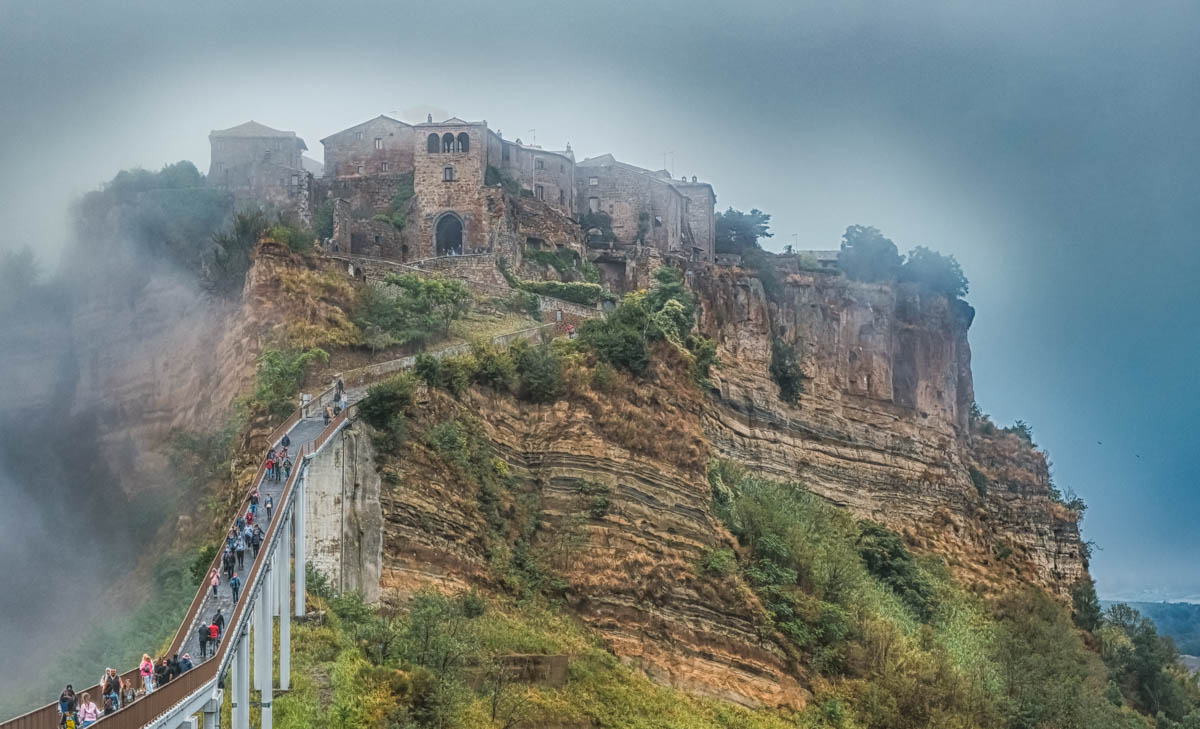
5. Epic landscapes
From majestic mountain peaks to lush valleys, geographically you can find all that your heart desires in Italy.
The north of the country is home to the Alps and the mighty Dolomites with their snow-covered peaks, icy glaciers and fertile valleys. Descend to their foothills and you’ll find the world-renowned Italian lakes, including Lake Garda and Lake Como.
Further south are the rolling hills of Tuscany, studded with olive groves and vineyards.
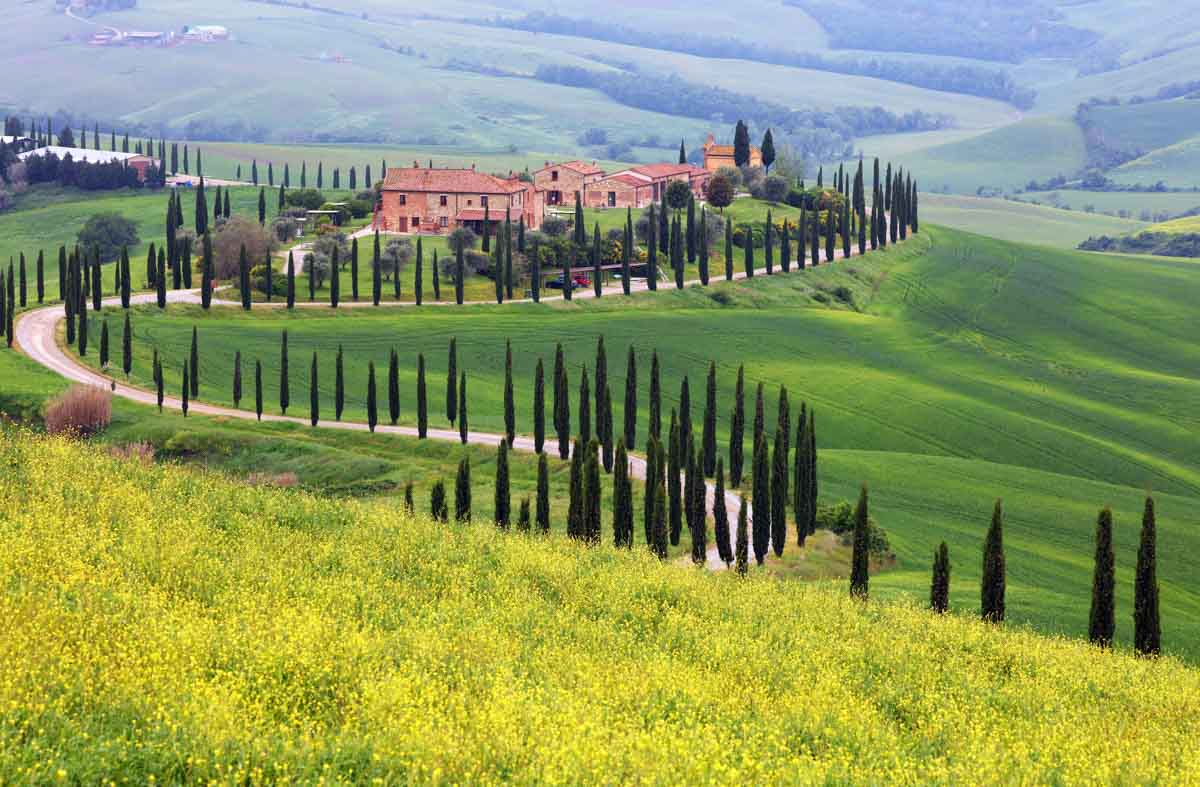
In the far south, and on Sardinia and Sicily, the landscape is rugged and mountainous. Soaring to a height of 11,000, Mount Etna on Sicily is Europe’s tallest active volcano.
6. Coastline
One of the best reasons to visit Italy is for its beautiful coastline.
Occupying a six-mile stretch of rugged coastline on the Italian Riviera in Liguria is the Cinque Terre. This UNESCO-listed National Park is named after its five villages, whose vibrantly painted buildings in the rock face tumble down to the sea.
But Southern Italy’s Amalfi Coast is the most famous part of the Italian coastline. Also UNESCO-listed, its picturesque villages such as Positano and Sorrento rise up the steep terraces from its 50 km of coastline.
The best way to take in the views is to hike the spectacular 8km Sentiero degli Dei, or Walk of the Gods.
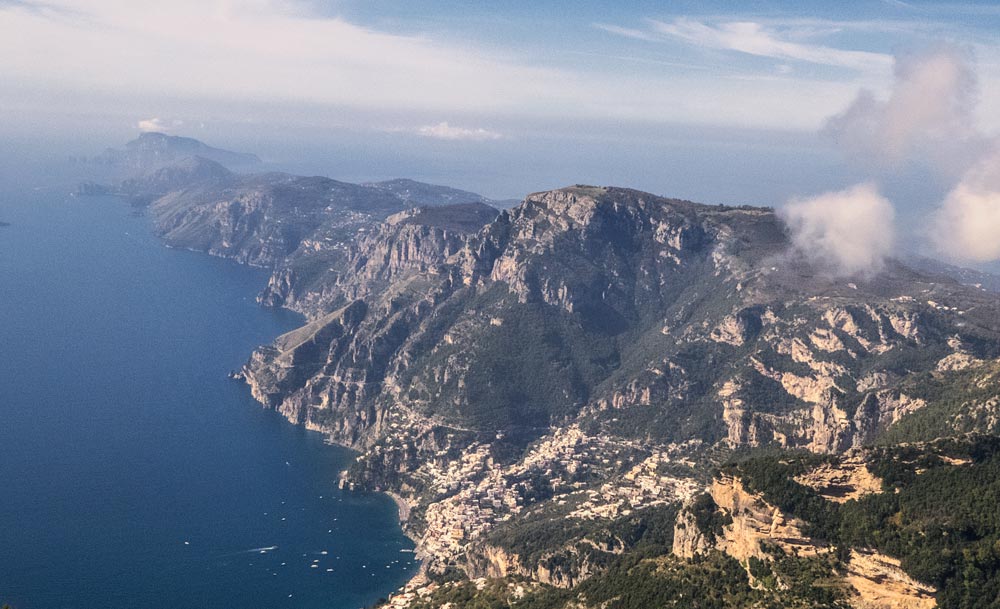
Art and Culture
Over the last 2,00 years, Italy has had a profound global influence on the development of art and culture. From Raphael to Rossini, it was home to many of the world’s most famous and best-loved painters, sculptors and composers.
But Italy’s contribution to culture is not confined to past glories. Italian cinema continues to thrive and many of Italy’s fashion designers are world leaders.
7. Renaissance art and architecture
Italy has gifted the world with many architectural styles, including classical Roman and Baroque (Rome’s Trevi Fountain, one of the most famous landmarks in Rome, is a fabulous example of Baroque splendour).
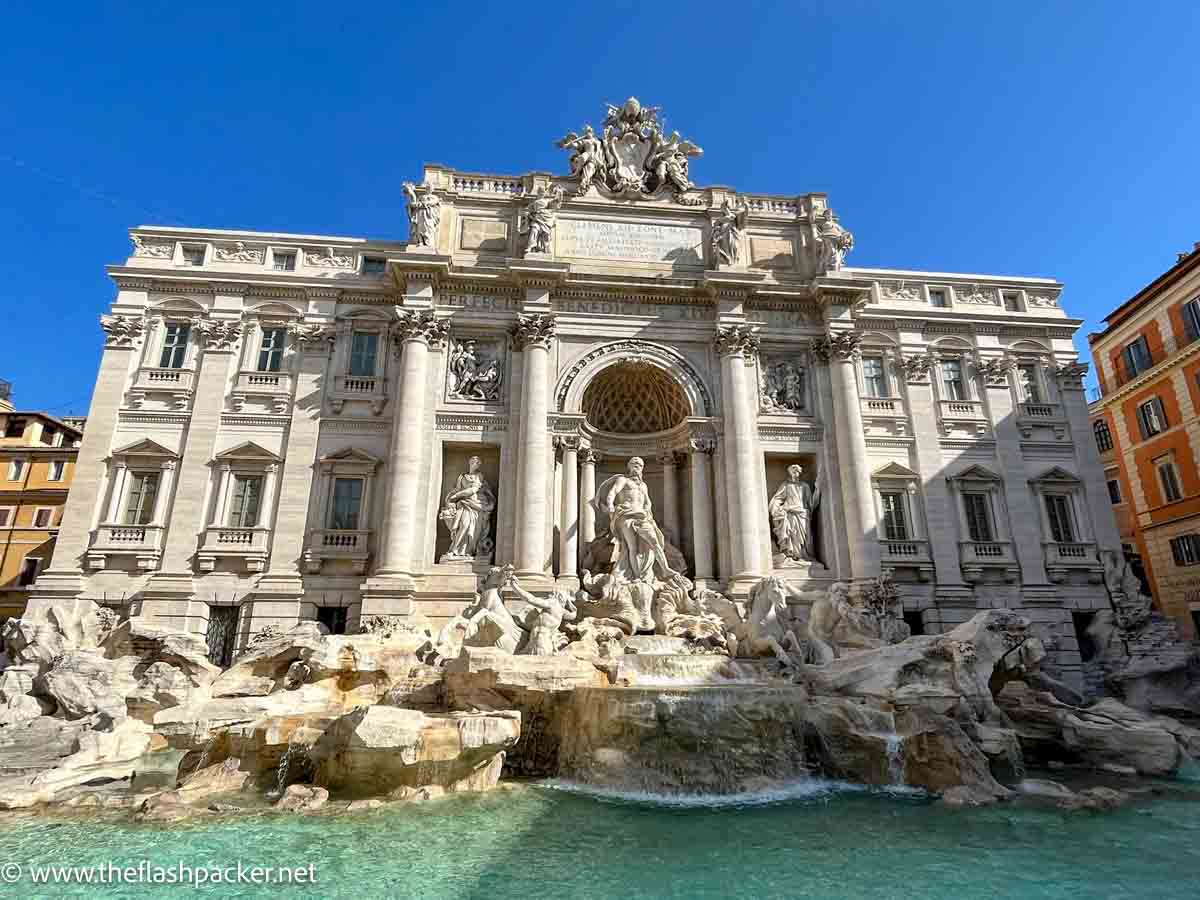
But it is Renaissance sculpture, paintings and architecture for which Italy is most famous. This was a movement more than an artistic style, and its influence has touched many other aspects of cultural life, including literature, philosophy, politics and religion.
Originating in 14th Century Tuscany, notably Siena and Florence, the Italian Renaissance is best known for its renewed interest in the culture of classical antiquity. It marked the transition between the dark days of Medieval Europe and Early Modern Europe.
The artistic achievements of the Italian Renaissance include works of art by Michelangelo, Raphael, and Leonardo da Vinci and architectural masterpieces, such as The Duomo in Florence and St. Peter’s Basilica in Rome.
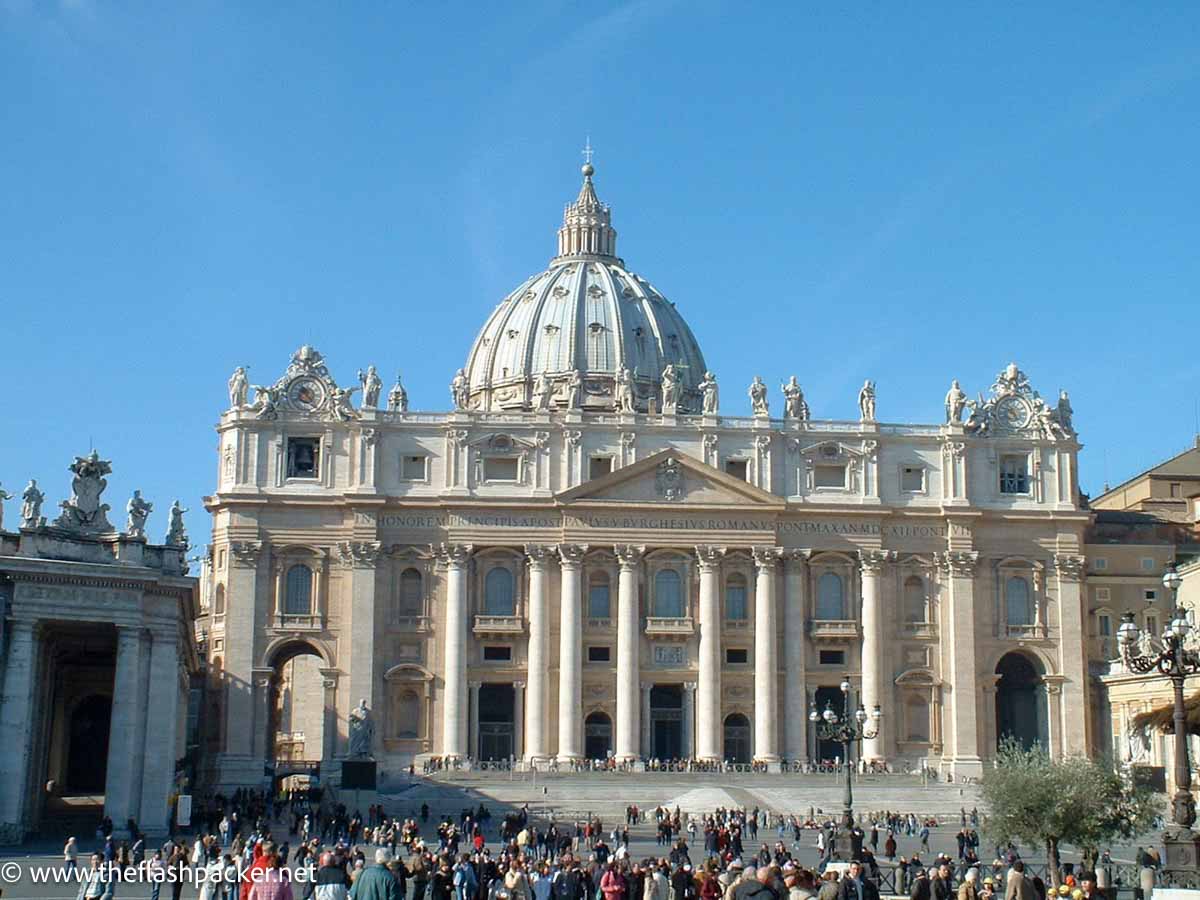
8. Carrara marble
Carrara marble was the Renaissance’s raw material and the starting point for the best of Florence’s sculptures. Highly prized by the Ancient Romans, this metamorphic stone is mined from quarries close to the Tuscan city of Carrara and can be seen across Italy.
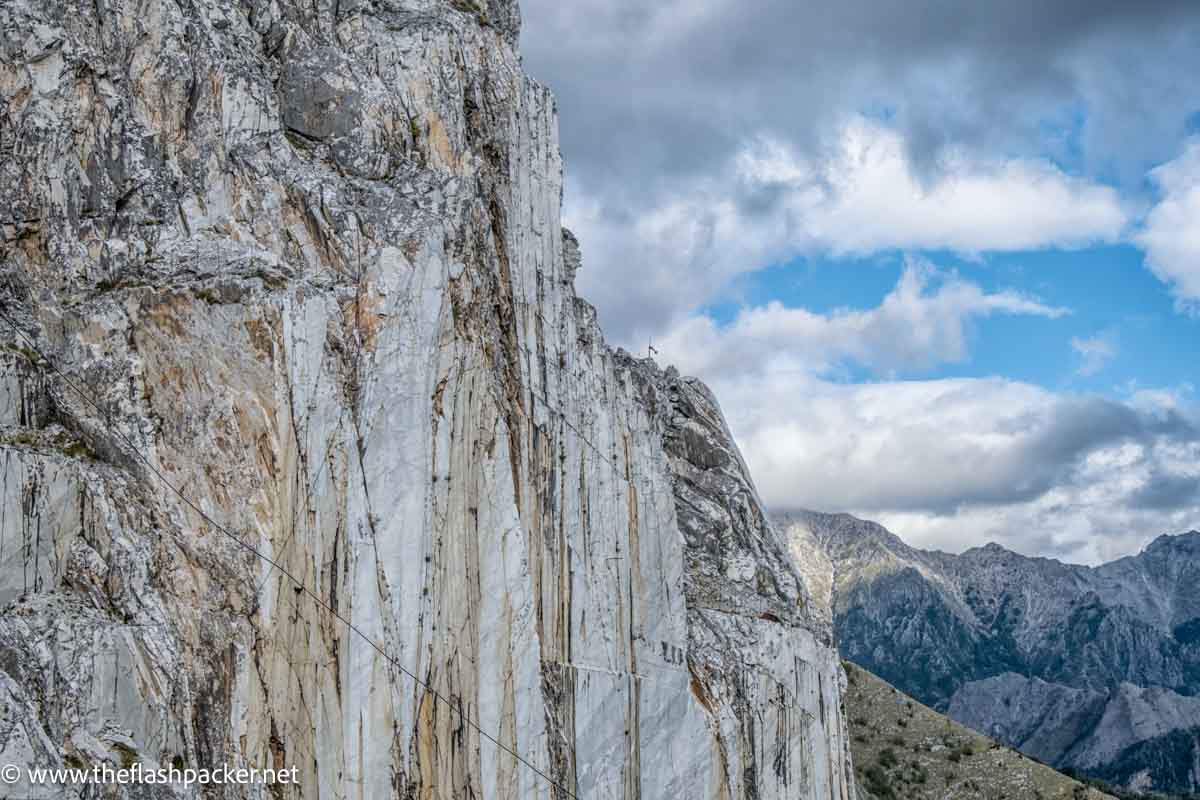
In Rome the marble Carrara marble has been used in the Pantheon, Trajan’s Column and the Column of Marcus Aurelius. Michelangelo used it in his sculpture of David in Florence and in his Pietà, now in St. Peter’s Basilica.
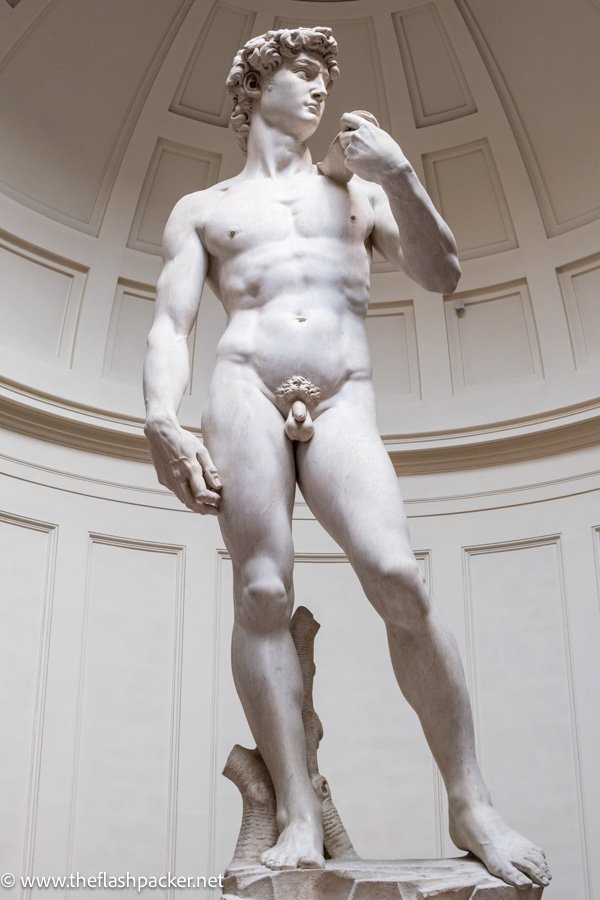
The demand for Carrara marble hasn’t diminished in modern times. It is now the material of choice for bathroom and kitchen tiles across the globe.
9. Opera
Few things are more quintessentially Italian than opera. You’d need a heart of stone not to be swept away by Puccini’s Un bel dì vedremo from Madama Butterfly (other arias are available).
As the birthplace of opera, Italy is one of the best places in the world to visit the opera.
For a performance in a setting that packs a dramatic punch, head to the world-famous Arena of Verona. The city’s restored Roman amphitheatre is the majestic setting for the annual Arena di Verona Opera Festival in the summer months.
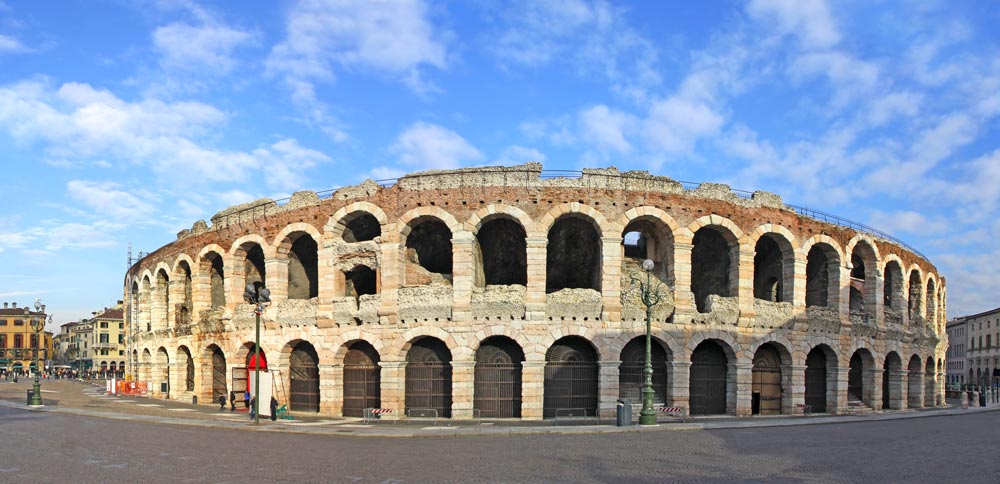
Italy’s most prestigious opera house in the world is Milan’s Teatro Alla Scala, also known as La Scala. Opened in 1778, Maria Callas and Luciano Pavarotti are just a few of the famous opera singers who have performed on its hallowed stage.
10. Cinema

Italian cinema is not only world-famous but continues to be hugely influential.
Great directors that included Vittorio De Sica, Roberto Rossellini and Luchino Visconti led the Neorealist movement in the 1940s. Their works included two of the greatest Italian movies of all time: Bicycle Thieves and Rome Open City.
Federico Fellini, another member of this group of revolutionary Italian filmmakers, moved beyond Neorealism to make such masterpieces as La Strada, 8 ½ and – my favourite movie of all time – La Dolce Vita. The film is worth watching for its opening scene alone: a helicopter transporting a statue of Christ over Rome.
The last major Italian film movement was the Giallo. Filmmakers like Mario Bava and Dario Argento were responsible for the international success and recognition of this horror style of movie-making.
11. Fashion
Italians are snappy dressers. Therefore, it’s no accident that Italian fashion is famous globally for high-quality textiles, sharp tailoring and elegant designs.
Italian fashion has been prominent internationally since the Middle Ages. Although it went into decline in the 17th Century, its fortunes revived after the Second World War when Italian handmade items hit that sweet spot of high quality and low cost.
Florence was Italy’s fashion capital in the 1950s and 1960s. This moved to Milan in the 1970s and 1980s, with Versace, Armani, and Dolce & Gabbana opening up their fashion houses there
Food & Drink
Italian cuisine is viewed as a form of art by many and is one of the country’s greatest exports.
Food is an essential part of culture and life in Italy. For Italians, food is more than just nourishment; it is the centre of family life.
To say that Italians consider food to be important would be an understatement. They use the best and freshest ingredients which are cooked in just the right way at just the right time.
Wine has been an intrinsic part of Italian culture since Roman times with numerous regional specialities.
12. Pasta
Pasta needs no introduction. It is not only a staple of Italian cuisine but one of the most famous foods across the globe.

Thought to have originated from Asian noodles – Marco Polo is credited with first importing noodles from China – pasta comes in many shapes and sizes. To accompany your pasta there are all sorts of yummy sauces, which differ as you travel through Italy.
In Italy, pasta is eaten in small quantities as the first course (primo piatto) and followed by seafood, poultry or red meat for the second course (secondo piatto).
13. Antipasti
In a traditional Italian meal, the starter or antipasti will precede the primo piatto. Typically, antipasti will include a charcuterie platter such as salame, mortadella, prosciutto, vegetables in oil or vinegar, and bread.
Antipasti vary according to the region.
Near Italy’s Northern lakes, don’t be surprised to be presented with freshwater fish. If you’re tucking into antipasti in Sardinia, expect to see Pecorino Sardo, a traditional Sardinian hard cheese made from sheep’s milk and Pane Carasau, a flatbread with a crisp, cracker-like texture.

14. Pizza
Italy is not the place to visit if you are rigidly sticking to a low carb diet.
Legend has it that pizza as we know it was created in Naples in 1889 to offer King Umberto I and Queen Margherita a respite from their relentless diet of French Haute Cuisine. It just goes to show that you can get too much of a good thing.
Amongst the selection of pizze presented to the royal couple, the queen was most taken with that topped with mozzarella, tomatoes and basil (coincidentally, the colours of the Italian flag). And so Pizza Margherita was born.
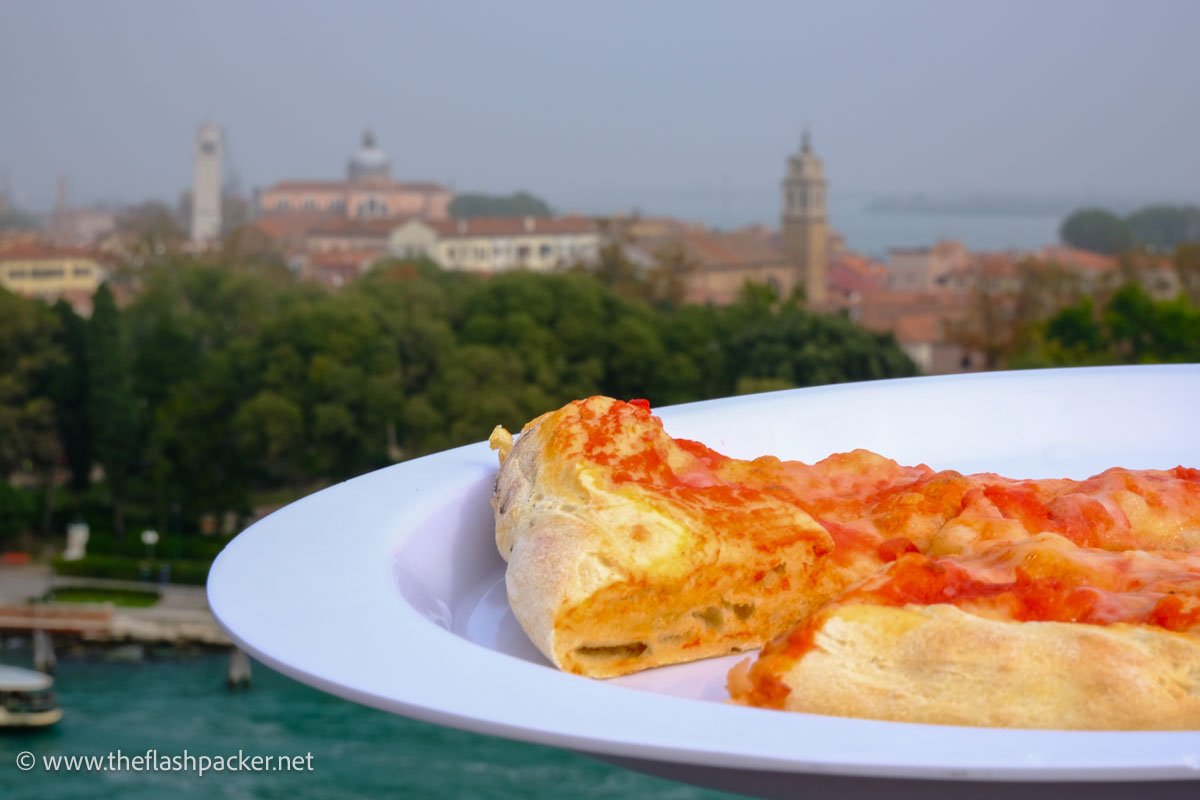
Pizza can be found throughout Italy and each region has its own take on this bready snack.
The base of a Roman pizza is super thin and it’s not uncommon for it to be served blanca, without tomatoes. In Genoa, tomatoes can be swapped for green pesto and the base can be made like focaccia.
But for the original and best pizza, head to Naples.
15. Gelato
There’s ice cream and then there’s gelato.
Gelato has a silkier texture, a lower fat content but more sugar than ice cream. Importantly, gelato’s denseness allows it to pack much more of a flavour punch than traditional ice cream.
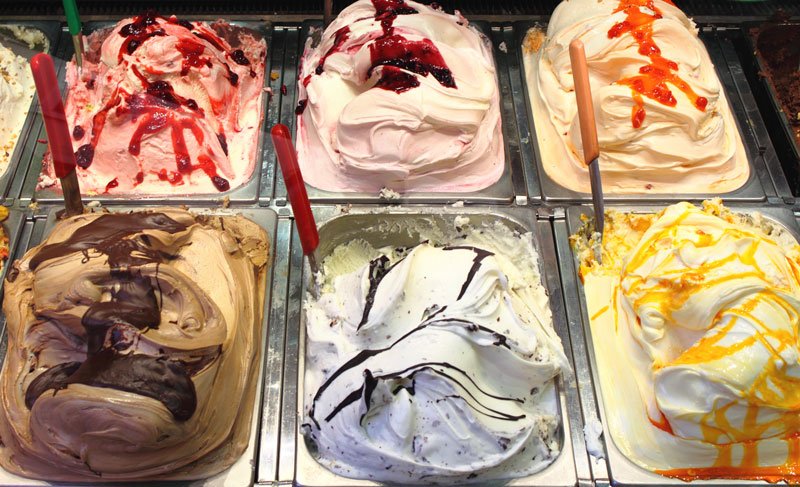
There’s a heavy reliance on natural flavours such as pistachio and hazelnut.
Gelato is traditionally served using a flat spatula called a spade. If your gelato is scooped into firm, round balls, it probably isn’t that authentic.
16. Wine
Who doesn’t enjoy a glass or two of Italian wine? Count me in.
Italy produces more wine than any other country. In 2020, it produced a staggering 49 million hectolitres of wine. Its top three grapes are Sangiovese, Pinot Grigio and Trebbiano.
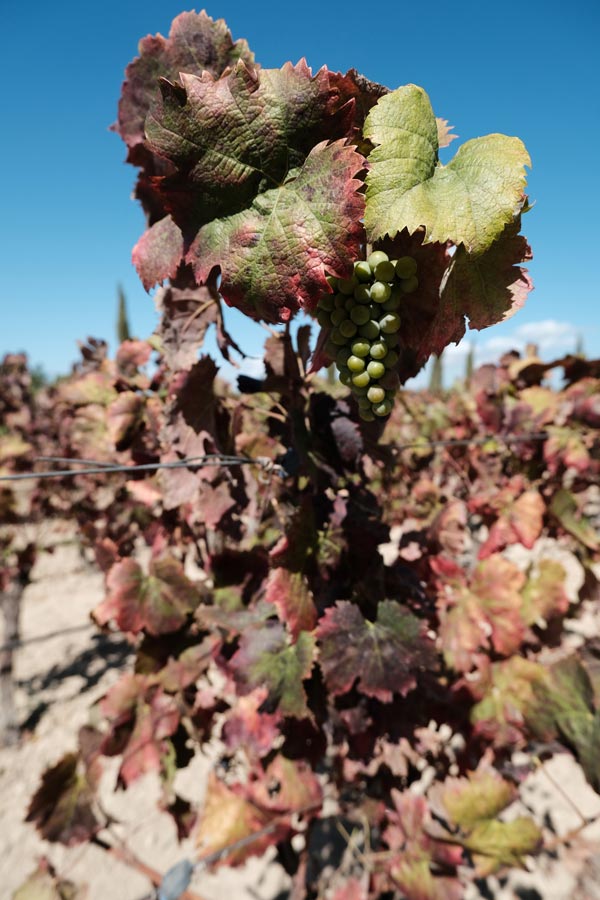
An Italian dining table isn’t complete without a bottle of wine, which is drunk at lunch and dinner, but not usually in between. You’ll rarely see Italians drinking wine in the absence of food.
To accompany food with a strong flavour, choose a bottle of red wine. If you are feasting on seafood or fish, order a bottle of white wine.
And never dilute your wine with water.
17. Coffee culture
Coffee culture is sacred in Italy.
There are coffee rules, rituals, menus, customs and etiquette, which Italians take very seriously. Learning how to order coffee in Italy can feel like navigating a cultural minefield.

Whilst Italy doesn’t produce coffee, it is known as one of the best countries for grinding and brewing beans.
If you ask for un caffè you will get a short, very strong, single espresso in return. This is served in a small cup with sugar to hand if you need it.
I loathe the American-style drip coffee, but if that’s your preferred caffeinated drink, then you’re out of luck. It just isn’t on the menu in Italy.
The closest to a drip coffee in Italy is a caffè Americano or caffè lungo, which is a shot of espresso topped up with hot water.
And never order a cappuccino after 11 am.
Other Things That Italy is Known for
18. The Vespa scooter
Every country has its transport icons.
In Thailand it’s the Tuk Tuk. A trip to London isn’t complete without a ride on the top of a double-decker bus.
When it comes to Italy, the Vespa is king.
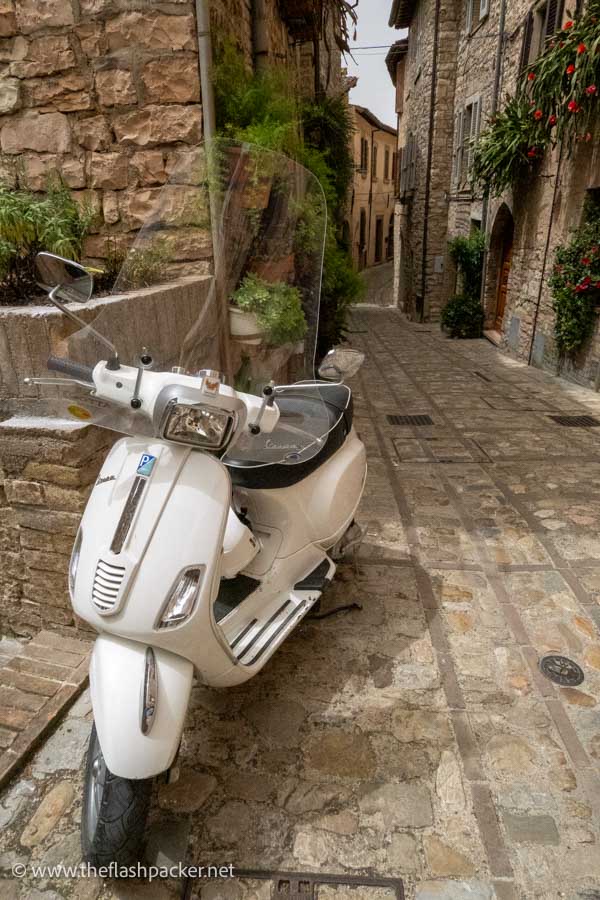
Immortalised in movies like Roman Holiday and La Dolce Vita, these stylish motorised scooters are associated with Italy across the world. First manufactured in 1946, their name comes from the Italian word for wasp.
Although you can rent one, a safer option is to join a Vespa tour. You too can be Audrey Hepburn for the day.
19. Football
Football is almost a religion in Italy.
The country is home to some of the most famous football teams in the world, including Juventus, Lazio and Inter Mila. Italians are also extremely good footballers.
The Italian national squad, known as gli Azzurri (The Blues), has won the FIFA World Cup four times, just one title fewer than Brazil
20. Her people
Last but by no means least, there’s the nation’s people.
Italians are the salt of the earth and amongst the friendliest and most hospitable people on the planet. Once you’ve made friends with an Italian, you have a friend for life and will be accepted into their wider family with open arms.

About Bridget
Bridget Coleman has been a passionate traveller for more than 30 years. She has visited 70+ countries, most as a solo traveller.
Articles on this site reflect her first-hand experiences.
To get in touch, email her at hello@theflashpacker.net or follow her on social media.

